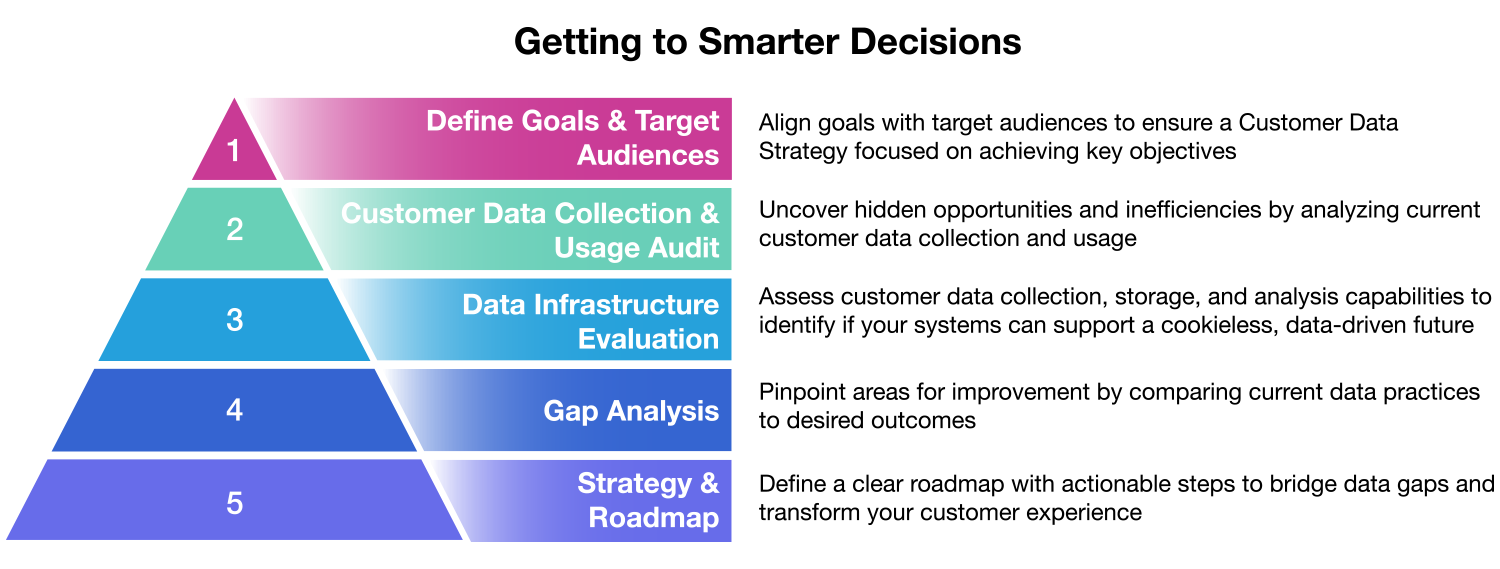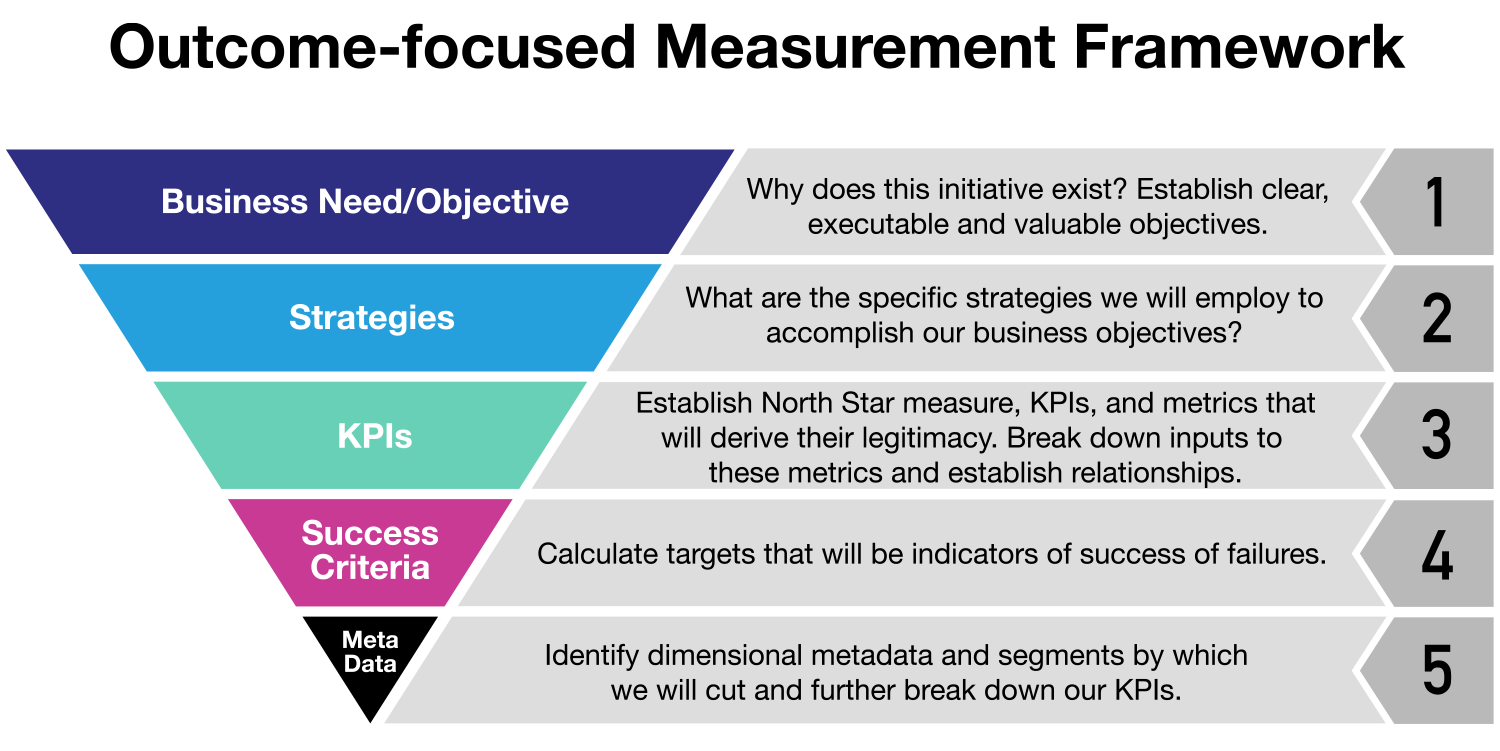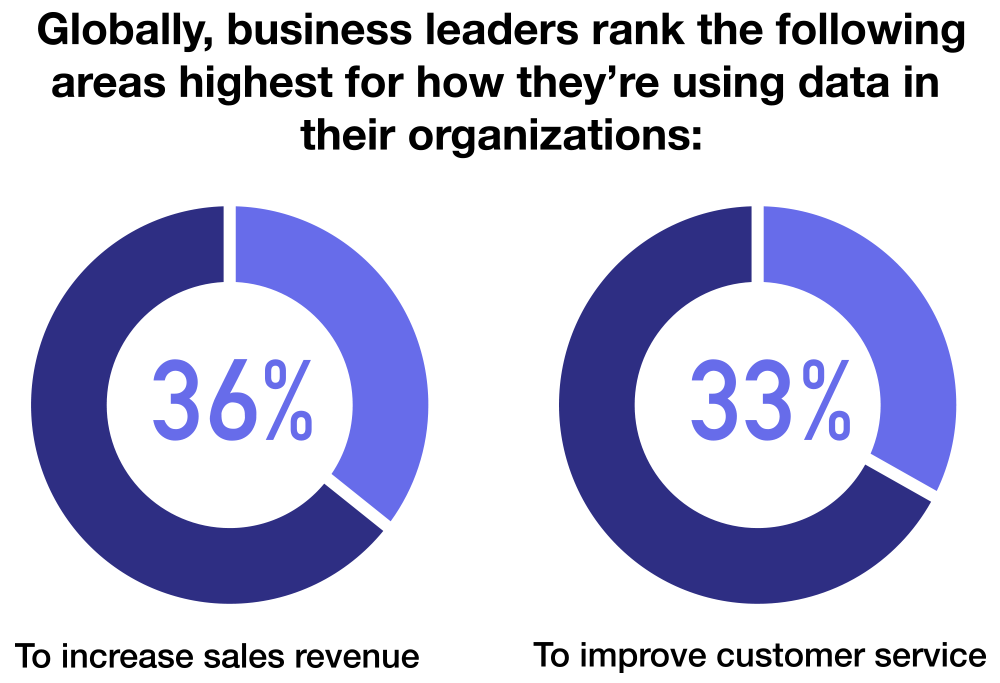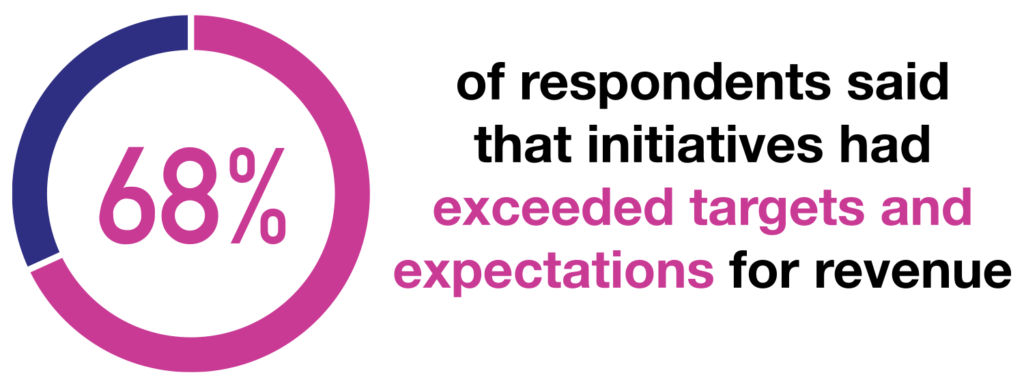During economic downturns, organizations typically face a tough choice: pull back or sharpen their focus.
More often, resilient companies are opting for the latter. They treat disruption as a catalyst—an opportunity to reevaluate priorities, strengthen their foundation, and set the stage for what comes next. Cost-cutting may be necessary in the moment, but the best leaders balance today’s pressures with tomorrow’s potential.
Forward thinking leaders make decisions that not only protect the business now, but position it to grow. That’s where data and analytics come in. They’re not just helpful—they’re essential to building a data-driven strategy that improves customer experience and brings clarity to uncertainty.
Key Marketing Priorities Backed by Data and Analytics
When the economy shifts, marketing leaders feel it fast. The instinct might be to hold back—but in many cases, that caution comes at a cost. The real edge often comes from leaning into the right opportunities. Data and analytics help you build a stronger digital strategy, prioritize with confidence, and drive data-driven marketing decisions.
- Smarter decisions with data
Gut instinct only gets you so far. When teams actually use analytics to shape their decisions, they tend to plan better, reduce risk, and create more meaningful customer experiences.
It’s not about having all the answers—it’s about seeing what’s ahead with more clarity and systematically building your customer data strategy so leadership can act with confidence, not just hope things work out. - Building digital strength
Most customers don’t call or walk in—they click. Digital is their starting point, and companies that have strong digital systems in place can meet that demand without overextending their teams or their budgets.Whether it’s a better e-commerce flow or smarter automation, these investments support a scalable digital strategy and help improve the customer experience when expectations shift.
- Personalization that drives results
If you know what matters to your audience, you can actually show up in ways that feel relevant. That’s the power of a strong personalization strategy—meeting customers where they are, with messages that feel tailored and timely.
And when it feels personal, customers notice. They click, convert, and come back—not because you shouted louder, but because you understood what mattered. - Listening through user testing
Sometimes, the best insight doesn’t come from a dashboard. It comes from watching real people try to use your site or app. User testing gives you a front-row seat to what’s working—and what’s not. Even a few hours of observation can reveal the friction points that are quietly impacting customer experience—and holding people back. You don’t always need a massive overhaul; often, it’s one or two fixes that make a measurable difference. - Staying nimble with BI and analytics
Markets don’t wait. If your analytics and BI tools are built to keep up, your team doesn’t have too either. With business intelligence tools and real-time analytics in place, your team can adjust campaigns faster…You can adjust campaigns in real time, spot what’s shifting, and stay aligned with what the numbers are actually telling you. Agility like that doesn’t just help you keep up—it helps you pull ahead.
Quick Wins With Analytics That Make a Difference
Getting started doesn’t mean you need to rebuild everything. In fact, the biggest leaps often come from a handful of targeted projects— ones that uncover where data and analytics can actually drive your data-driven marketing efforts.
A good first step? Take a close look at your e-commerce analytics and BI tools. See what they’re telling you—and what they’re not. Gaps in reporting, outdated dashboards, clunky data access… those are signs it’s time for smarter, more usable solutions that help your marketing team make better calls, faster.
User testing is another quick win. If you haven’t already, run sessions focused on the parts of the customer journey that matter most. Even a few hours of observation can reveal the friction points that are quietly holding people back. Fixing those issues doesn’t just improve experience—it usually lifts conversions too.
Then there’s personalization. Start by using segmentation and behavior data to get a sharper read on who your customers really are. Not personas—actual signals. Use what you learn to build a plan: who you’re targeting, what they need, and how to test messaging that hits home. When companies take that approach, they typically see more engagement, stronger order values, and growth that doesn’t disappear when the market shifts.
All of these projects help build the kind of mindset where data isn’t just a report—it’s part of how decisions get made. When that becomes the norm, uncertainty feels a little less chaotic. You’re not guessing. You’re responding with insight.
Use KPIs That Actually Help You Make a Call
It’s not the lack of data that slows teams down—it’s having too much of it. With dashboards overflowing, it’s easy to lose sight of the question that matters most: Is this helping us make a decision? The right KPI tracking system helps teams move past vanity metrics and make faster, more confident decisions.
Great KPIs cut through the noise. They give you a clear signal—showing whether things are working, where you need to pivot, and what’s worth doubling down on.

So don’t track everything. Track what matters. Track outcomes. Maybe it’s repeat purchases. Maybe it’s checkout completion or bounce rate on a high-value page. Whatever it is, tie your metrics directly to what you’re trying to improve. Because if the numbers can’t shape your next move, they’re just background noise.
Build a Team That Thinks in Data, Not Just Reports on It
Buying the latest tools or adding a few analysts doesn’t automatically make you data-driven. What really shifts the culture is how your team thinks—how they use data to question, to learn, and to make everyday calls with more confidence.
The magic isn’t in the dashboards. It’s in the habits. When people start treating data as something to explore, not just report, that’s when things start to click.
In a world of more data, the companies with more data-literate people are the ones that are going to win.
And it usually starts at the top. If leadership is making decisions based on what the numbers actually say—not just gut feel—others take notice. Over time, data becomes part of the conversation. It shows up in how teams talk about campaigns, budgets, customer behavior. And that shift in mindset? That’s the sign of a true data-driven culture—where decisions aren’t just backed by data, they’re shaped by it.
Find Clarity and Confidence With Analytics That Drive Results
Even in tough markets, strategy still makes the difference. When data and analytics sit at the heart of how you make decisions, you’re not just reacting to change—you’re shaping what comes next.
The companies that come out stronger are the ones that stay focused, move with intention, and know where to invest when it matters most.
If you’re looking to do more with your marketing—more clarity, more momentum, more impact—let’s talk. BlastX Consulting helps brands like yours turn data-driven marketing strategy into action—even in the face of economic uncertainty.




